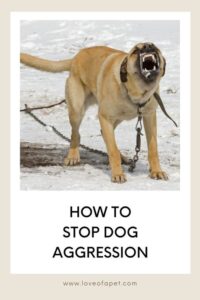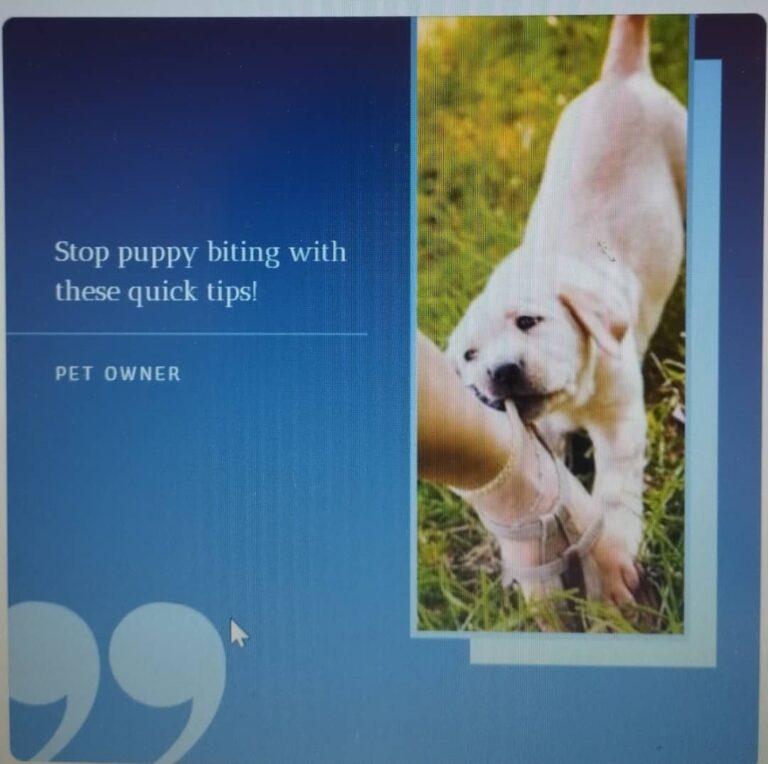Can My Dog Help Fix Another Dog’s Aggression?
Dog aggression, particularly between dogs, can be a daunting issue. Today, we delve into a complex case involving a dog with a history of aggressive behavior and multiple bite incidents. Such cases are no laughing matter; they can lead to dogs being surrendered to shelters or even euthanized. Our goal is to avoid those outcomes by addressing the root of the problem through intensive, structured training.

Understanding the Root Cause of Aggression
When dealing with aggressive behavior in dogs, it is essential to observe the dog’s actions before beginning any behavior modification plan. Often, what appears to be aggression is actually rooted in fear and anxiety rather than true malice or dominance. Many times, removing the owner from the situation can significantly reduce the aggressive behavior, indicating that the owner’s presence may inadvertently exacerbate the dog’s anxiety and fear, leading to aggressive outbursts.
At my facility, we utilize highly trained role model dogs to assess these behaviors in a controlled and safe environment. This allows us to identify the triggers and underlying issues contributing to the aggressive behavior. In this case, we used two role model dogs, Cousin Cole and Uncle Sully, to interact with the aggressive dog in various scenarios. This approach helps us pinpoint the exact source of the problem and formulate a targeted plan to address it effectively.
The Role of Fear and Anxiety
Our observations revealed that the aggressive dog in question was primarily driven by fear and anxiety. Lacking leadership and direction from its owners, the dog reacted with aggression when faced with other dogs. Without guidance, the dog didn’t know how to handle these situations and resorted to fight or flight responses. However, in our controlled environment without the owners present, the dog did not exhibit the same level of aggression, further proving that the dog’s fear and anxiety were heightened by the owner’s influence.
The key to resolving this issue is to establish a strong leadership role that the dog can rely on for guidance and direction. By doing so, we can transform the dog’s fear-based reactions into trust and obedience, ultimately reducing the aggressive behavior.
Establishing Leadership and Communication
The first step in our three-stage process is to build a relationship where the dog views humans as loving leaders. This involves demonstrating consistent, calm, and assertive behavior so the dog can trust and look up to its handler. When a dog feels secure with its leader, it is less likely to react with aggression in stressful situations.
The second step focuses on leash communication. Leash handling skills are crucial for effectively guiding and controlling the dog. By using the leash to communicate what we want and don’t want from the dog, we can help steer the dog through difficult situations. This process starts with basic lead handling exercises to teach the dog to yield to leash pressure. When the dog understands that yielding to the leash pressure results in positive outcomes, it will be more likely to follow the handler’s guidance.
Positive Reinforcement and Role Model Interactions
During our training session, we used positive reinforcement techniques, such as scratching behind the ear, to reward the dog for good behavior. This natural form of reinforcement helps build a positive association with following commands and engaging with the handler. By rewarding the dog for looking up to the handler and paying attention, we reinforce the desired behavior and strengthen the bond between the dog and its leader.
We also introduced the dog to positive interactions with other dogs, challenging its aggressive tendencies in a controlled manner. Uncle Sully, our role model dog, played a significant role in this process. By allowing the aggressive dog to interact with Uncle Sully in a safe environment, we created opportunities for positive socialization experiences. This helped the dog learn that other dogs could be fun and friendly, rather than threats.
Transforming Behavior Through Consistent Training
Through consistent training and positive interactions, we aim to flip the script in the dog’s mind and its owner’s mind. The goal is to shift from seeing other dogs as threats to viewing them as potential friends and playmates. By stacking up positive interactions, the dog begins to build a bank of successful social experiences, reducing the likelihood of aggressive outbursts in the future.
Uncle Sully’s interactions with the aggressive dog provided valuable lessons in dog behavior. When Sully challenged the dog’s inappropriate behavior in a calm and controlled manner, he taught the dog better manners without causing harm or escalating the aggression. This type of peer learning can be incredibly effective, as dogs often learn best from other dogs.
Conclusion: Leadership and Love
Ultimately, the key to resolving dog aggression lies in effective leadership and clear communication. By teaching leash handling skills and establishing humans as loving leaders, we create a foundation of trust and respect that helps the dog navigate its world more confidently. Consistent training, positive reinforcement, and role model interactions are essential components of this process.
In conclusion, while it’s not always possible for one dog to completely fix another dog’s aggression, with the right training and approach, significant improvements can be made. Through careful observation, targeted behavior modification, and the use of role model dogs, we can help aggressive dogs learn to trust and follow their leaders, reducing fear and anxiety and ultimately leading to happier, safer interactions with other dogs. Leadership, after all, is a form of love that provides the guidance and security every dog needs to thrive.




